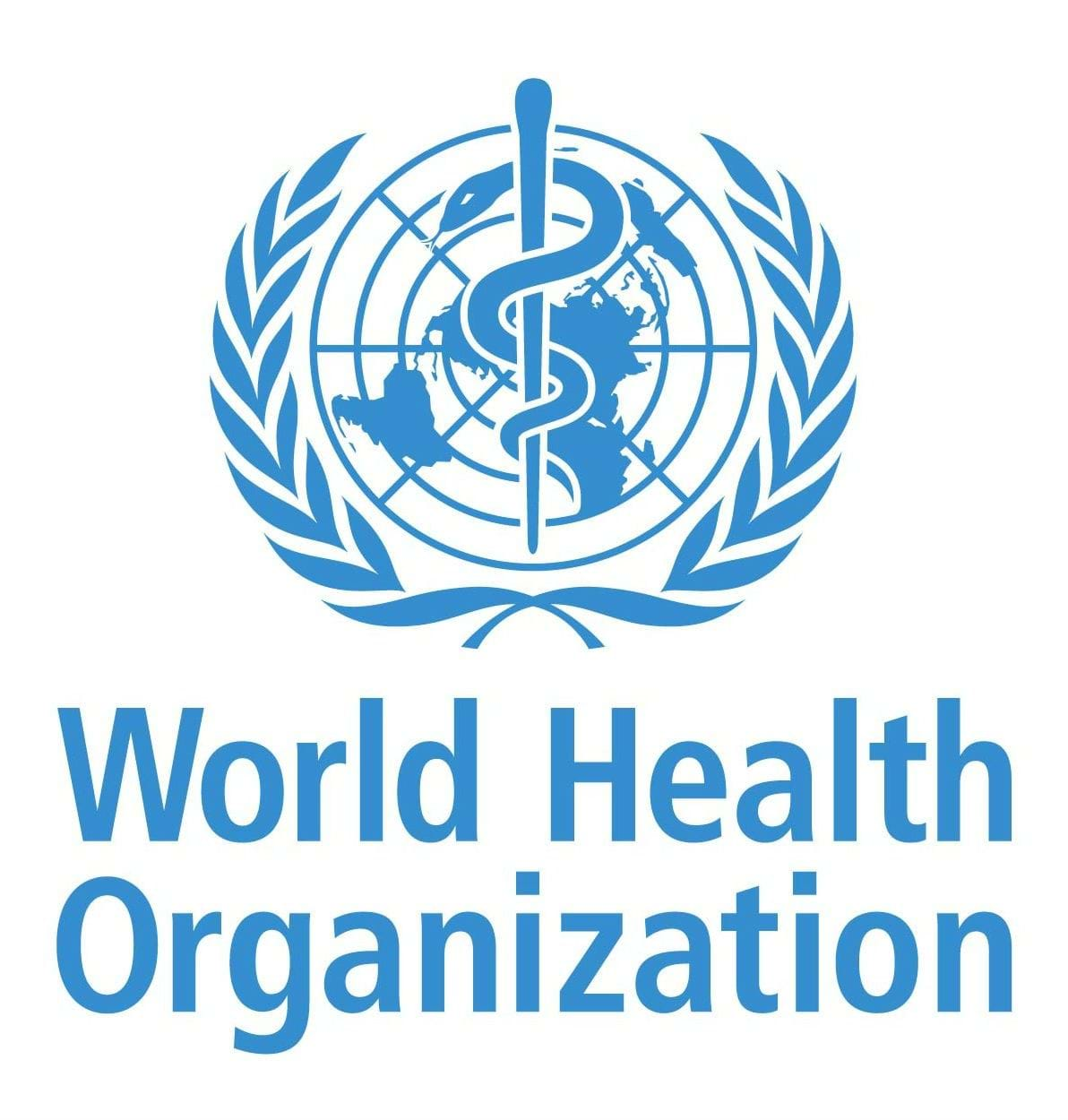Today, The BMJ launches, together with PMNCH the first tranche of a special collection of articles arguing that the global agenda for sustainable development cannot be achieved without increased focus on demographic groups left behind, and specifically adolescents. In an editorial to launch the collection, advisors and consultants to PMNCH, together with Helen Clark, former prime minister of New Zealand, argue that the needs of young people have “long fallen between cracks in service provision and not been a political priority”.
The collection launches on Thursday, 27th October, at a curtain-raiser for PMNCH’s global campaign to advocate for the world’s 1.8 billion adolescents and youth, which will further drive action towards the Global Forum for Adolescents in 2023. Within the collection, the authors of an opinion article describe how global public health investment per capita for adolescents is lower than in any other demographic; yet this group comprises 23% of the population of low-income countries, and numbers nearly doubled from 1980 to 2020. The author group, which includes India’s health secretary, argue that investing in the wellbeing of adolescents, which encompasses, but goes beyond health, will deliver economic returns well beyond the level invested.
The collection also makes two headline arguments. Firstly, it advocates for centering the voices of youth themselves in agenda-setting and design, implementation, and evaluation of services intended for them. An open letter, signed by youth representatives and political leaders, further endorses the goals of the Global Forum for Adolescents, arguing that achieving meaningful involvement will require work to be done on strengthening spaces for engagement. A second argument emphasises the multidimensional nature of adolescent wellbeing, and linked to this, the critical importance of collaboration between sectors (health, education, social support, and others), in order to deliver benefits for youth wellbeing. These insights are detailed in five analysis articles, each corresponding to one of five domains of wellbeing outlined in a previously developed framework. Analyses of each of these domains, spanning health and nutrition; connectedness; safety and a supportive environment; learning, skills and employability; and agency and resilience, elaborate on the ways in which multisectoral action can deliver benefits for adolescent wellbeing, and the challenges in this.
Additionally, a further analysis article highlights how no existing approach to measurement of adolescent wellbeing currently exists which can capture progress across these domains. Delivering on a goal identified in the editorial, of reporting progress towards delivering for adolescents, will require such a monitoring framework to be set up. Finally, another analysis article published in the collection argues for “more explicit recognition by health professionals of impacts [of climate change] on adolescents’ physical and mental health”, and that they must engage with adolescents to mitigate the effects of climate crisis on their wellbeing.
Further content will be added to the collection in the forthcoming months.
Read the full collection here: https://www.bmj.com/adolescent-wellbeing
Media coverage
Africa
- The Star - Kenya
- The Premium Times - Nigeria
- Banouto - Benin
- Maliweb - Mali
- Malijet - Mali
- PressAfrik
- Media Guinee
India
- Northlines
- Bright Punjab Express (page 4)

.png?sfvrsn=6d0e27cd_1)




